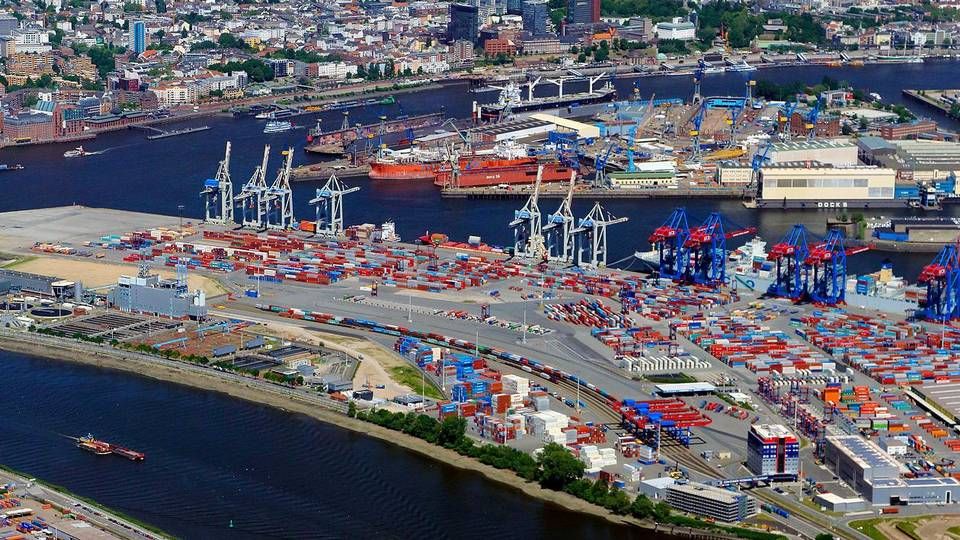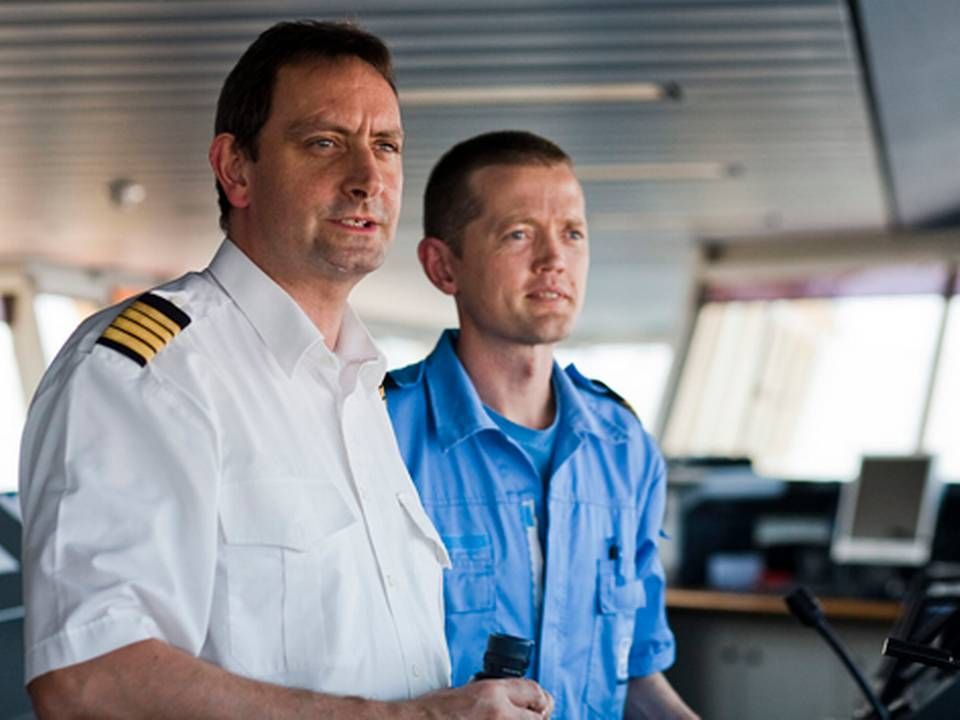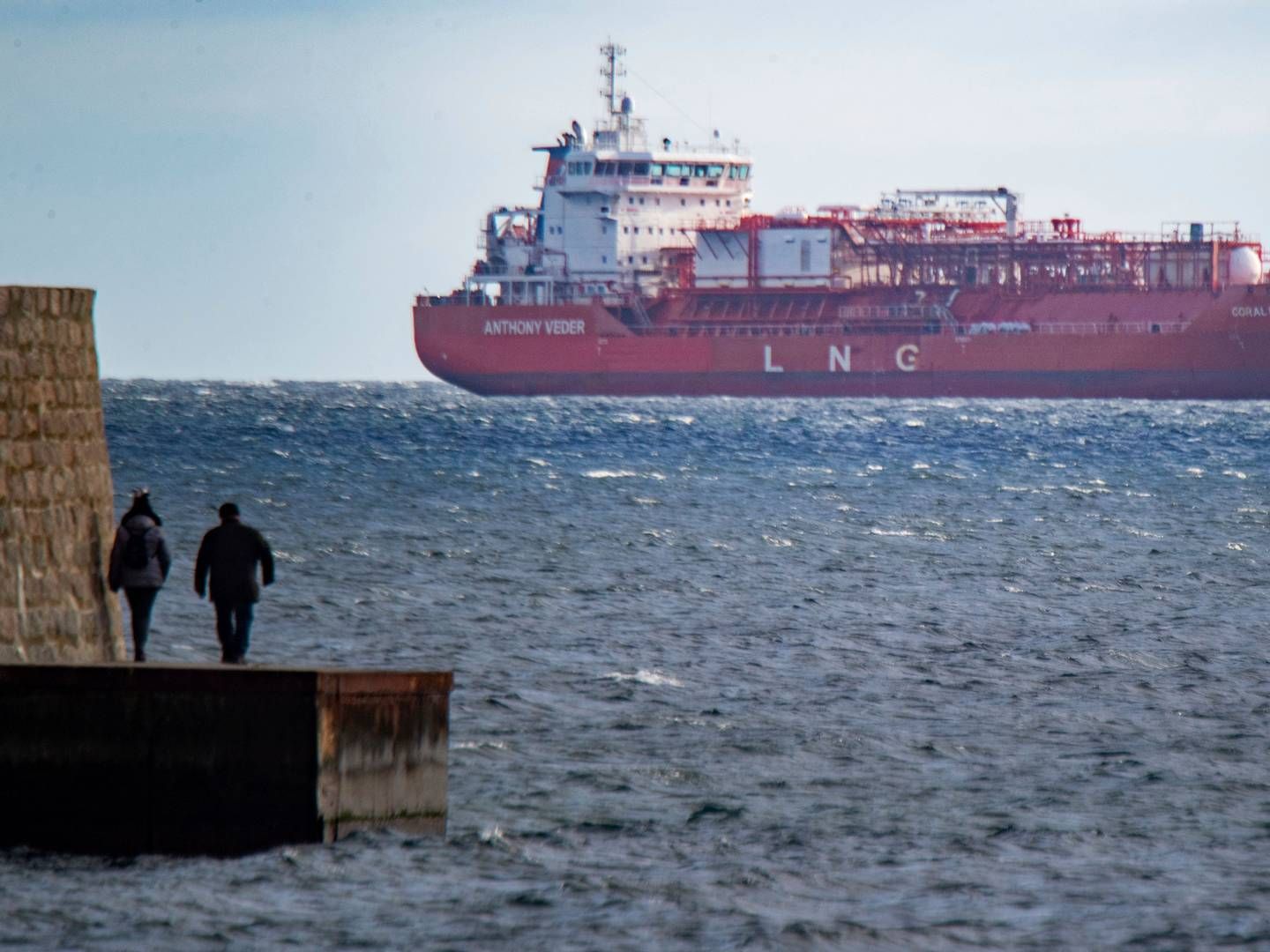Millions in EU funds to kickstart big data in shipping

Numerous observers and stakeholders point to big data as the next major revolution in shipping, and a new EU project involving the Danish Maritime Authority and several shipping and maritime companies will, over the next three years, map the scope of the potential related to the massive amounts of data found on ships, in offices and in the ports. The project is named 'EfficienSea2' and has just received around USD 10.5 million in funding from the EU for a total budget of USD 12.1 million, and will be launched on May 1st. The overall goal of the project is to increase safety and efficiency at sea.
The project also represents an important part of the development of "Maritime Cloud" which will help strengthen the exchange of knowledge throughout the global shipping industry.
The industry has been discussing e-navigation for years, though most of this has not moved beyond talking. The Danish Maritime Authority has performed various tests of prototypes on board vessels in which modern technology is used to share and receive information. For instance so that the vessel receives a direct warning on a monitor when entering an area that could potentially be dangerous, Bjørn Borbye Pedersen, specialized consultant at the Danish Maritime Authority, tells ShippingWatch. These days warnings are typically transmitted via radio or printed on a Navtex scroll on the ship's bridge, after which crews can check the coordinates to learn whether the information is relevant to their vessel.
"One of the services we've been working on is that, instead of ripping off a piece of paper and checking coordinates and charts, this information is transmitted directly onto the chart with a little warning flashing," says Bjørn Borbye Pedersen, adding:
"But in order to find these services, there needs to be a framework."
Must be implemented globally
And this is where "Marine Cloud" enters the scene. Bjørn Borbye Pedersen describes it as somewhat resembling Apple's Appstore, where smartphone owners can currently download various programs for their phones through an online account.
The new project works with one register for identities and another with various services in which companies in the shipping industry can be registered, thus automatically gaining access to information about, for instance, the geographical region the ship is entering. According to the authority, the EU is interested in the project because it can be upscaled from prototype level to actual implementation in the Baltic Sea and the Arctic waters.
"There's no doubt that this project is ground-breaking and holds a high potential for innovation. This will pave the way to, and fast track to, the introduction and use of modern communication, navigation and administrative systems that better match the companies' requirements for efficiency and increased safety as well as improved usability," says the EU about the awarding of funding for the project, which consists of a consortium of 32 partners from 12 countries.
But in order to fully realize the potential, it has to be implemented globally, explains Bjørn Borbye Pedersen of the Danish Maritime Authority. The authority is therefore working with countries including Sweden and South Korea to secure international coverage through bodies such as the IMO, IALA, IHO, CIRM and numerous others.
"If this pans out, we see it as a revolution for a long line of services that we cannot even imagine today. If we can create a safe way to store information, then it's going to be huge. The Internet has opened the door to new ways of doing business. The maritime cloud could clear the path to bringing current technology out on the ships. There are major perspectives in this," he says.
Sulfur and burdens
In addition to e-navigation, the new project will also target two other areas. On January 1st the new sulfur directive came into force, bringing new requirements for ships' sulfur emissions in North Europe - requirements that have caused significant concerns in the industry. The project will team up with some of the carriers who have, for instance, invested in scrubbers in order to comply with the new requirements.
"They are then working to establish voluntary monitoring of the emissions, where shipping offices can monitor and use the data. Carriers can then sign up and allow authorities to access the data, which could ease the port control process aimed at ensuring that ships comply with the sulfur limits. This is one way to use the cloud, allowing authorities to use the data from here," explains Bjørn Borbye Pedersen.
Another aspect concerns easing the administrative burdens in the industry, a topic that the EU's Blue Belt initiative is already focusing on. The Danish Maritime Authority is working with the British authorities in UKHO to develop a standard for how carriers should report to ports, and not least how to do so digitally instead of through all the documents changing hands these days. The maritime organization Bimco is also helping to develop a service than can transmit information from ports to ships in a more expedient manner.
"The way it's done today is somewhat old-fashioned, and we'd like to use modern technology to transmit up-to-date information to ships or maritime offices. Today, sometimes a pdf is published once a year globally. With the new technology one could do this from one minute to the next, notifying ships about, for instance, quays that are being renovated," he says.
New Maersk boss: Big data is the next revolution
Carriers also see big data as an opportunity to optimize operations. Maersk Line, for instance, receives close to 30 terabytes every month from the around 400 owned and chartered vessels in the carrier's fleet, explained Paolo Tonon, CEO of Maersk Maritime Technology, in a recent interview with ShippingWatch.
"At Maersk Line, they have had success developing technical strategies alongside MMT regarding how to minimize operational expenses, and this is also thanks to data. You learn more about how the equipment functions on board the ships, and how to simply optimize the way in which you work with the equipment and lessen operational costs," he said.
Shipping companies and sailors complain of too much paperwork
Related articles
EU aims to make the Blue Belt project permanent
For subscribers





















